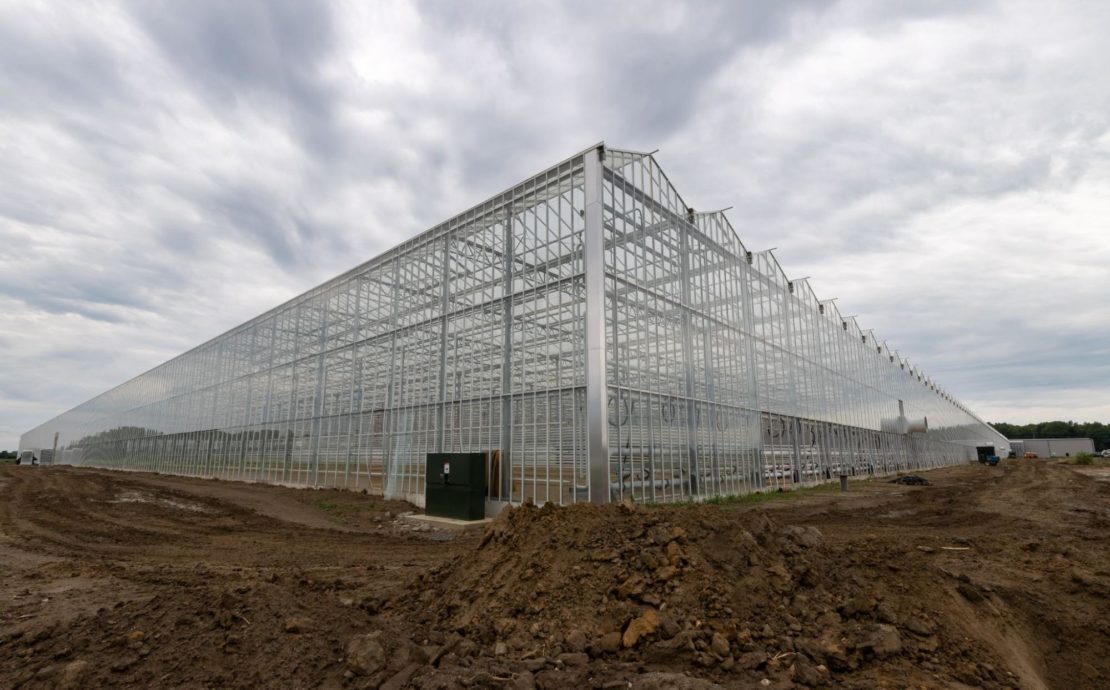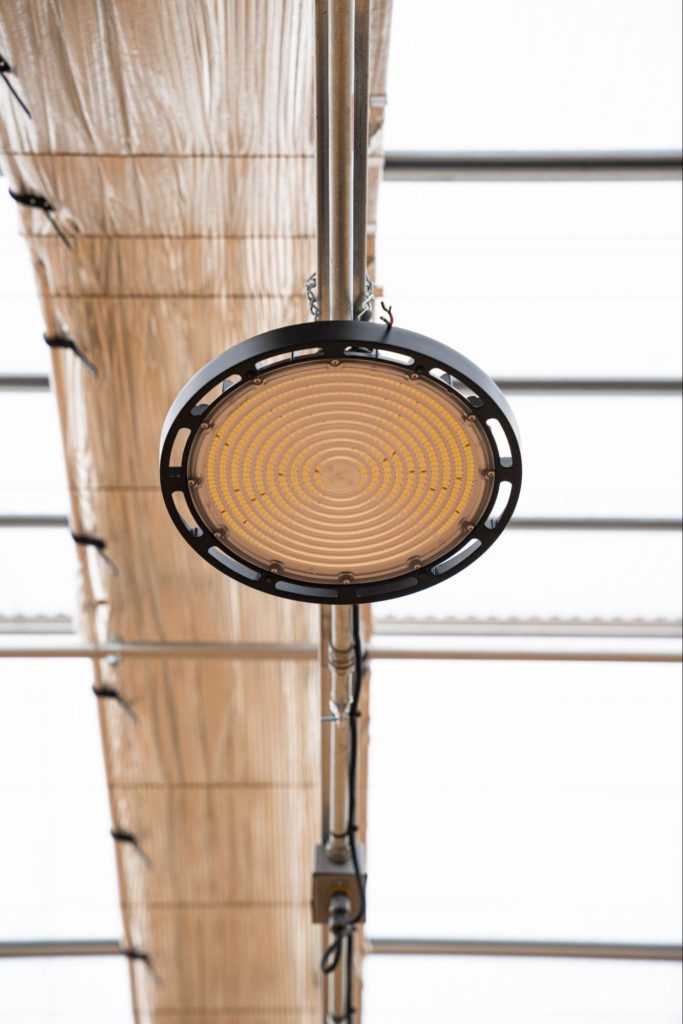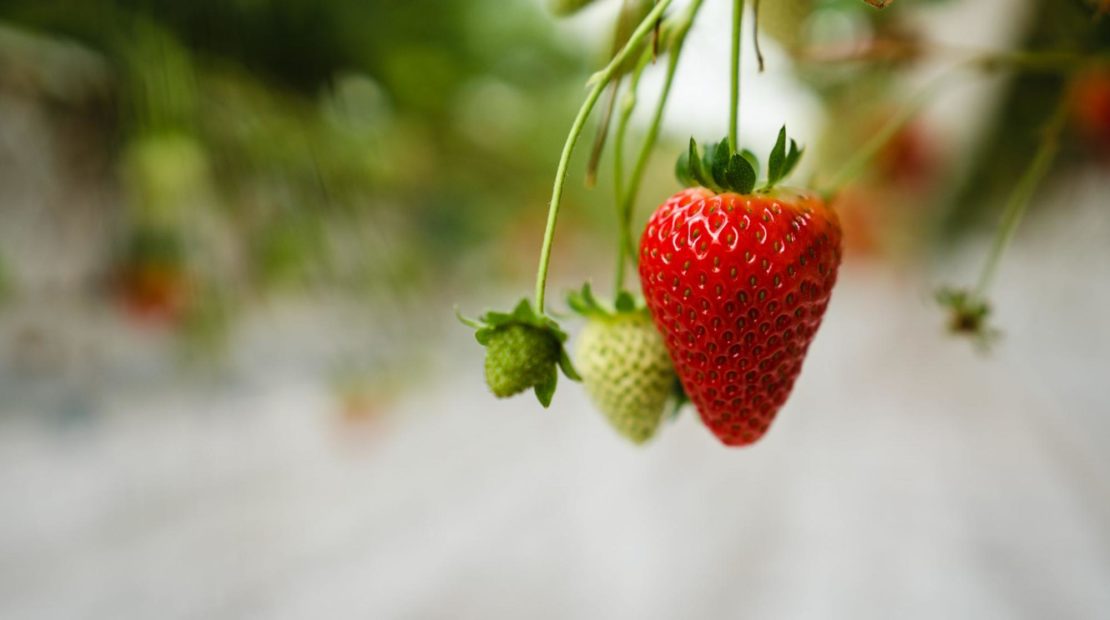Growing plants using traditional open-field farming techniques can be a rewarding experience. It’s a great way to connect with the natural world while cultivating your own food.
But unpredictable weather, pest infestations, and plant diseases can quickly spoil your outdoor growing efforts, putting the quality of your crops in peril.
Today, commercial farmers are relying on greenhouses to grow their crops. With competent construction and proper care, a greenhouse for plants can produce more robust and flavorful fruits and vegetables than outdoor farming.

But why exactly do crops grow better in a greenhouse?
Get started on your greenhouse project
Advantages of a Greenhouse
The convenience and control of a greenhouse streamlines growing operations. Practically every element of the growth and cultivation process can be directly managed with the right equipment. A technology-driven controlled environment agriculture (CEA) greenhouse can provide exceptional growing results that put outdoor farming to shame.
Key growing factors that greenhouses help to control include:
- Temperature
- Humidity
- Light
- Carbon Dioxide (CO2)
- Pests & Disease
When growing conditions are precisely regulated to meet the needs of specific plants, crops can grow faster, larger, and produce higher yields. Let’s take a closer look at how each growing factor helps plants grow better in a greenhouse.

Better Control of the Temperature
Temperature control might be the biggest advantage of greenhouse growing, especially for those living in colder climates with shorter seasonal daylight hours. When plants are exposed to drastic changes in temperature, they can become stressed and weak. But by controlling desired temperature levels, plants can flourish.
A well-constructed greenhouse retains heat and maintains a somewhat consistent temperature throughout the growing season. Many growers rely on additional heating and cooling equipment such as:
- Electric or Gas-Powered Heaters
- Compost Piles
- Fans
- Evaporative Cooling Pads
- HVAC Systems
The particular temperature control methods used in a greenhouse depend on the size of the operation. Most commercial greenhouses utilize a full HVAC system. With fully regulated temperature controls, even tropical plants can thrive in a greenhouse environment.

Increased Humidity
Like temperature, certain plants have humidity requirements needed to grow to their best. Of course, plants need regular watering in order to grow.
But they also need consistent moisture in the surrounding atmosphere. Greenhouse growing allows humidity levels to be precisely controlled, producing healthier crops. Some typical humidity control equipment includes:
- Evaporative Coolers
- Misting Systems
- Fogging Systems
- Sprinkler Systems
Consistency of Light
Quality light is essential for proper plant growth in every growing season. Greenhouses are designed to bathe plants in natural light through use of covering materials and roof panels made of glass, polycarbonate, and poly film. Greenhouse covering materials can help to block harmful UV rays while providing maximum light transmission and insulating the building.
But in some cases, direct sunlight is insufficient and additional supplemental lightning needs may be necessary. High-pressure sodium (HPS) and metal halide (MH) lamps are still used by growers for lighting needs but LED lights are becoming more popular. LEDs are not only long lasting and energy efficient, but can be adjusted to the particular light spectrum preferred by specific crops.
Controlling the light in a greenhouse ensures that plants can consistently photosynthesize and grow strong year round. With the help of automated timers, growers can set lights to precise durations preferred by their crops.

Consistent Carbon Dioxide Supply
Proper airflow can promote higher carbon dioxide levels that individual plants need for sugar production. While crops grown outdoors usually get enough CO2, strategically placed fans in a greenhouse can draw air closer to plants for maximum growth. Higher CO2 levels result in bigger leaves, stronger stalks, and ultimately higher crop yields.

CO2 fertilization systems are also used to boost growth in larger greenhouses. This is typically done with the use of a CO2 generator or with a carbon dioxide system integrated into the facility using pipes.
However, small greenhouse operations can boost CO2 levels with proper ventilation and strategic fan placement.
Reduced Pest and Disease Risks
A controlled indoor greenhouse environment dramatically reduces the risk of pest infestation and plant disease compared to open fields. Greenhouse plants grown in containers with specially chosen soil have a far lesser chance of developing disease or hosting harmful pests than plants grown outdoors.

Common pests and diseases that affect crops include:
- Gray Mold
- Bacterial Wilt
- Root Knot Nematode
- Phytophthora Root Rot
- Aphids
- European Earwigs
- Leafhoppers
- Slugs
In the rare event that pests or disease do become a problem in a greenhouse, the issue can be easily contained without compromising the whole crop of plants.
Together, these greenhouse growing factors contribute to a stable environment protected from outside forces. Whether grown in a mini greenhouse or a large-scale commercial facility, plants can develop in growing conditions tailored to their unique preferences, resulting in better quality crops and higher yields.
Grow with Prospiant
If you’re looking to grow the best plants in your greenhouse, choose Prospiant for your design and construction needs. We’ll guide you through every stage of your project, from concept to completion and beyond.
Backed by decades of in-house experience, our team will work with you to develop a complete growing ecosystem tailored to your unique needs with all the support you need for greenhouse farming success.
FAQs
Will a greenhouse protect plants in winter?
A well-made greenhouse can grow crops all year round with the right strategy. Hardy root vegetables and leafy greens are best for winter and early spring greenhouse growing but additional temperature control and lighting equipment may be required.